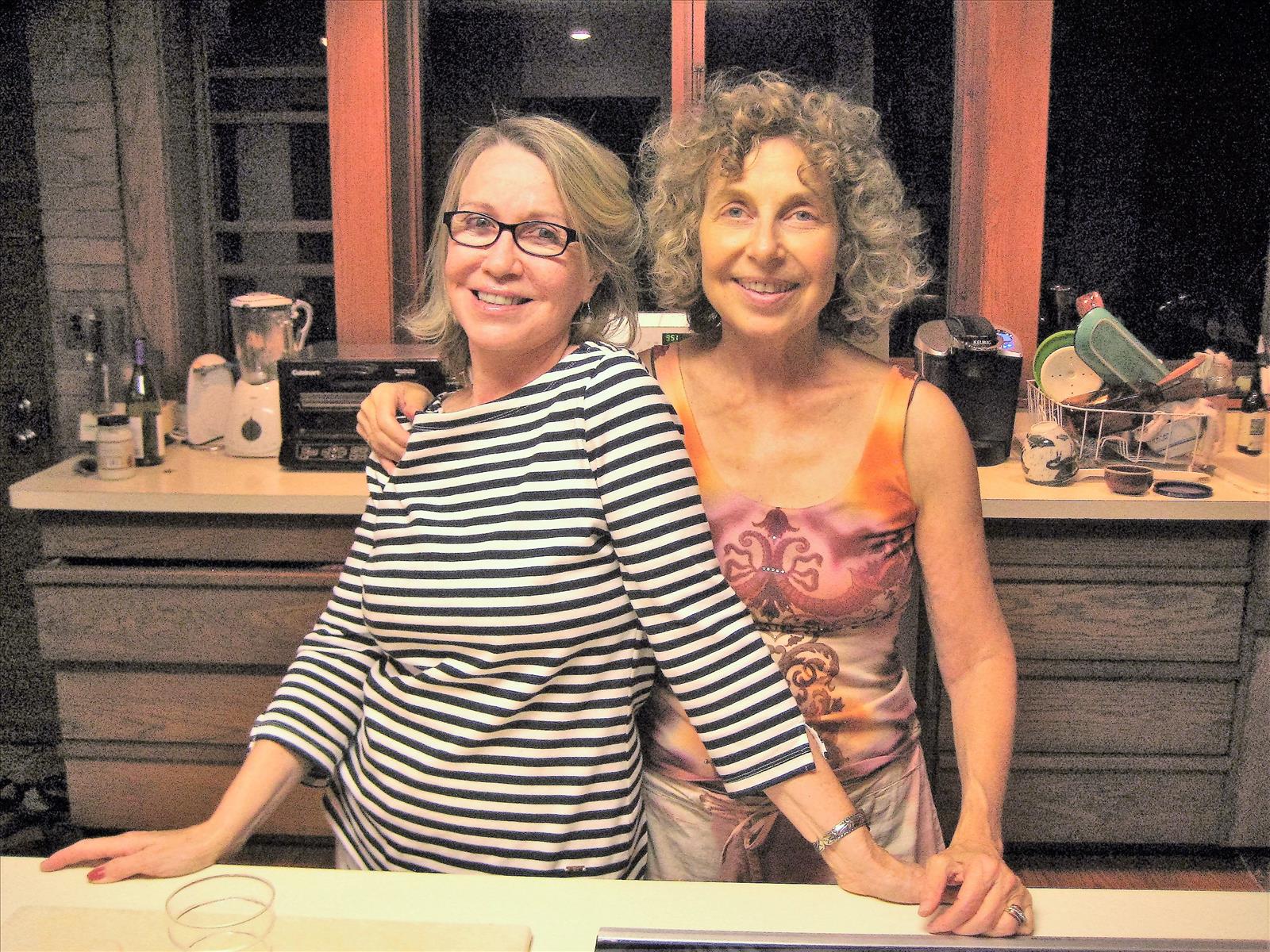With an erased 2009 MacBook Pro, as Patrick has, he can’t use Internet Recovery, which will reinstall the original operating system that came with the Mac. If that had worked, you could install. Now You're Gone - The Album – albům Basshuntera ze 2008. The late Mac Davis, who died at age 78 on Tuesday (Sept. 29), was one of the most consistent hitmakers in '70s country and pop, scoring 15 Billboard Hot 100 entries in between 1970 and 1981 - led.
If you have a Mac, chances are you’re already familiar with features like widgets, keyboard shortcuts, and even the MacBook Pro Touch Bar if you have it. But, Apple’s been constantly evolving the Mac’s software and hardware to bring out the most utility for every user. From small things like the new notification center to now being able to run your iPhone or iPad apps right on your MacBook. There are many things you can do to maximize your time on your Mac to make the most out of it.

But one of the features that doesn’t get as much attention is the Menu Bar. The bar located at the very top of your screen can be an amazing tool for your everyday life. That is if you have the necessary apps.
Now You're Gonebarry Mac Download
There are some apps that you can place right on your Menu Bar. That way, you don’t have to waste time looking for the perfect tool, you can just access it with one click.
Menu Bar apps for your Mac are a dime a dozen, but we’ve selected the best for you. Whether it’s for work, the weather, or you just want to make sure you’re looking good, continue reading to browse the best apps for your Mac’s Menu bar.
In theory, you should have to install Mountain Lion only once, or never if your Mac came with Mountain Lion preinstalled. And in a perfect world, that would be the case. But you might find occasions when you have to install/reinstall it, such as
If you get a Mac that didn’t come with OS X Mountain Lion preinstalled
If you have a catastrophic hard-drive crash that requires you to initialize (format) or replace your boot drive
If you buy an external hard drive and want it to be capable of being your Mac’s startup disk (that is, a bootable disk)
If you replace your internal hard drive with a larger, faster, or solid state drive
If any essential OS X files become damaged or corrupted, or are deleted or renamed
The following instructions do double duty: They’re what you do to install OS X for the first time on a Mac, and they’re also what you do if something really bad happens to the copy of OS X that you boot your Mac from. The instructions offered here describe both the process for installing and the process for reinstalling OS X.
Now You're Gonebarry Machine
Here’s how to install (or reinstall) OS X, step by step:

Boot from your Recovery HD partition by restarting your Mac while holding down the cmd+R keys.
The OS X Utilities window appears. Select Reinstall OS X, and click Continue. The OS X Mountain Lion splash screen appears. Click Continue.
A sheet appears informing you that your computer’s eligibility needs to be verified by Apple. Click Continue to begin the process of installing or reinstalling OS X.
If you’re not connected to the Internet, you’ll be asked to choose a Wi-Fi network from the AirPort menu in the top-right corner.
The Mountain Lion software license agreement screen appears. Read it and click Agree.
A sheet drops down, asking whether you agree to the terms of the license agreement. Yes, you did just click Agree; this time you’re being asked to confirm that you indeed clicked the Agree button.
If you don’t click Agree you can’t go any farther, so I advise you to click Agree now.
Choose the disk on which you want to reinstall OS X by clicking its icon once in the pane where you select a disk.
If only one suitable disk is available you won’t have to choose; it will be selected for you automatically.
Click the Install button.
A sheet asks for your Apple ID and password. Type them in the appropriate fields; click Sign In, and your Mountain Lion installation (or reinstallation) begins.
The operating system takes 30 to 60 minutes to install, so now might be a good time to take a coffee break. When the install is finished, your Mac restarts itself. If you were reinstalling OS X on a hard disk that it had been installed on previously, you’re done.
Your Mac will reboot and you can begin using your new, freshly installed (and ideally trouble-free) copy of OS X Mountain Lion.
If you’re installing Mountain Lion on a hard disk for the first time, however, you still have one last step to complete. After your Mac reboots, the Setup Assistant window appears. You need to work your way through the Setup Assistant’s screens.

